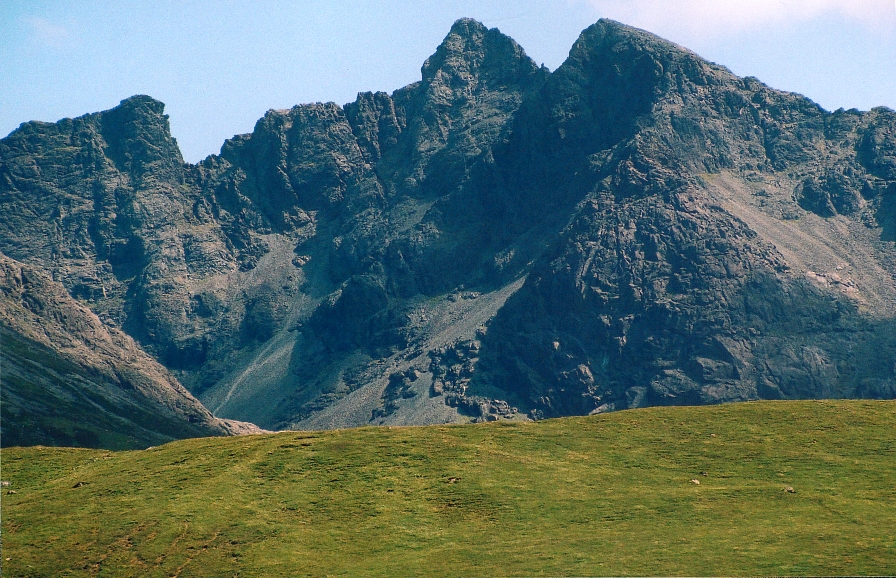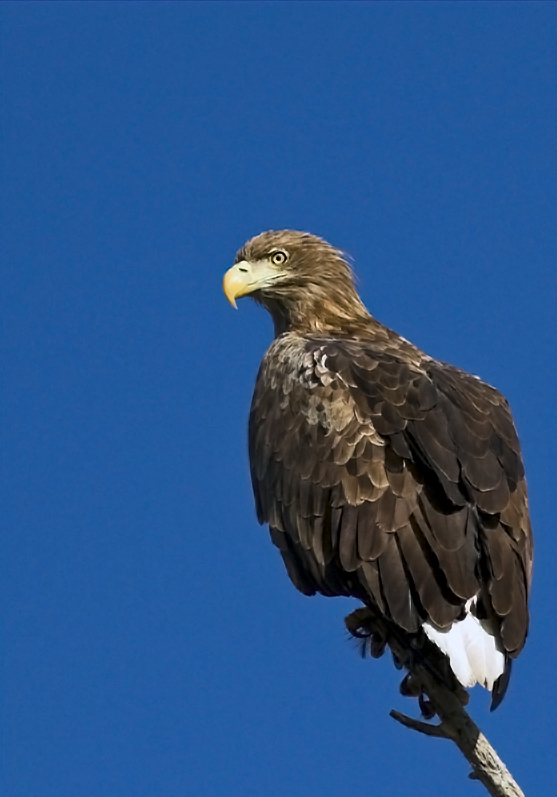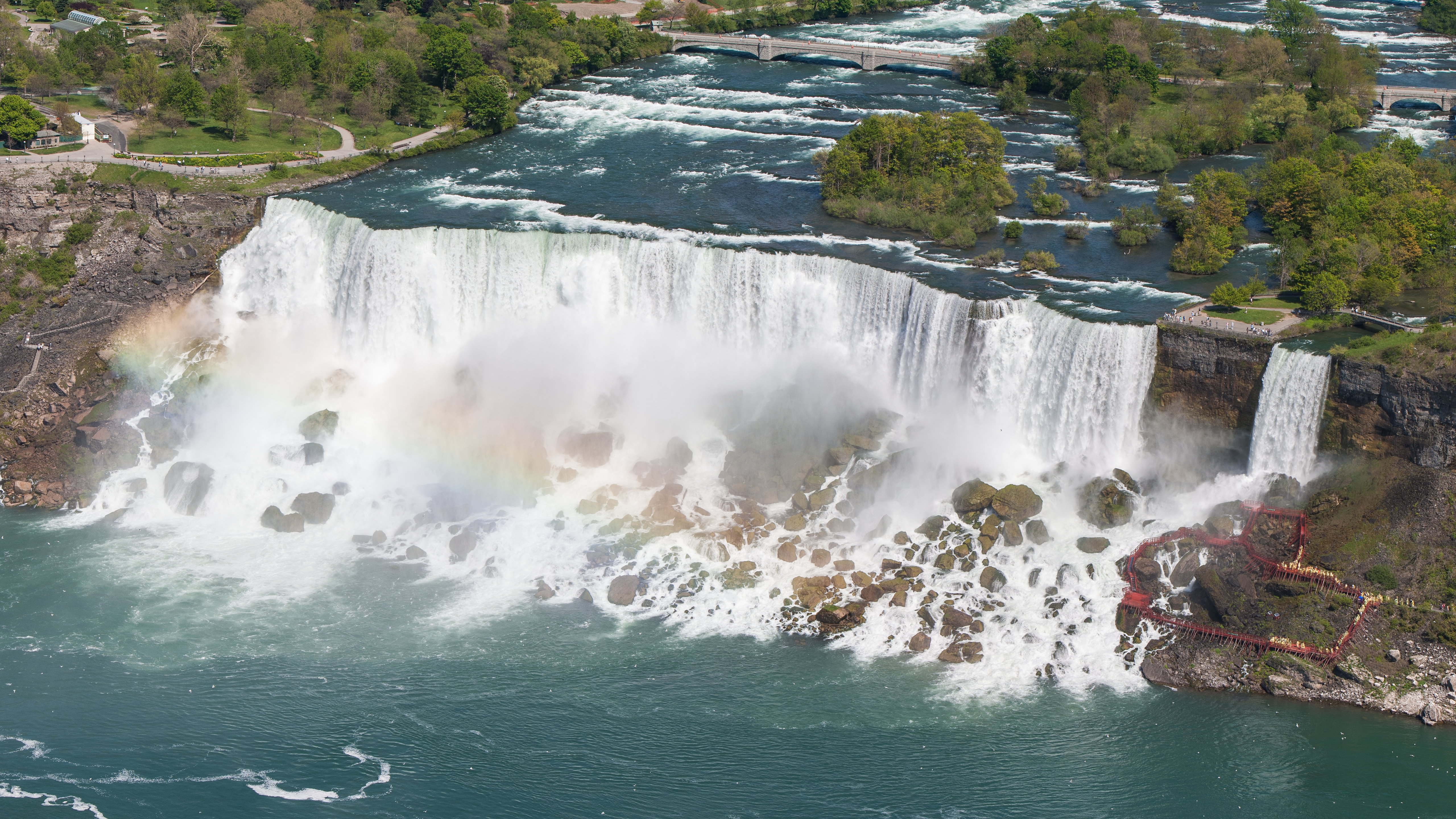|
Rùm
Rùm (), a Scottish Gaelic language, Scottish Gaelic name often Anglicisation, anglicised to Rum ( ), is one of the Small Isles of the Inner Hebrides, off the west coast of Scotland, in the district of Lochaber. For much of the 20th century the name became Rhum, a spelling invented by the former owner, George Bullough, 1st Baronet Bullough, Sir George Bullough, because he did not relish the idea of having the title "Laird of Rum". It is the largest of the Small Isles, and the 15th largest Scottish island, and is inhabited by 40 people, all of whom live in the hamlet of Kinloch, Rùm, Kinloch on the east coast. The island has been inhabited since the 8th millennium BC and provides some of the earliest known evidence of human occupation in Scotland. The early Celts, Celtic and Norsemen, Norse settlers left only a few written accounts and artefacts. From the 12th to 13th centuries on, the island was held by various clans including the Clan MacLean, MacLeans of Coll. The population ... [...More Info...] [...Related Items...] OR: [Wikipedia] [Google] [Baidu] |
Small Isles
The Small Isles () are a small archipelago in the Inner Hebrides, off the west coast of Scotland. They lie south of Skye and north of Mull and Ardnamurchan – the most westerly point of mainland Scotland. Until 1891, Canna, Rùm and Muck belonged to the county of Argyll, while Eigg belonged to Inverness-shire. In that year, the entire archipelago was transferred to Inverness-shire. They now belong to the Highland council area. Name "Small Isles" is the name of the coterminous civil parish and former Church of Scotland parish,Haswell-Smith, Hamish (2004). The Scottish Islands. Edinburgh: Canongate. . p. 134 originally created in 1726 from part of Sleat parish, the balance of which lies on the much larger island of Skye. The original name of the new parish was Eigg or Short Isles. "In process of time the name was by an easy transition changed from 'Short' to 'Small' Isles." The islands are not especially small, with Rùm being the 15th largest in Scotland. The Gael ... [...More Info...] [...Related Items...] OR: [Wikipedia] [Google] [Baidu] |
Kinloch Castle
Kinloch Castle () is an Edwardian mansion located on Kinloch, on the island of Rùm, one of the Small Isles off the west coast of Scotland. It was built as a private residence for Sir George Bullough, a textile tycoon from Lancashire whose father bought Rùm as his summer residence and shooting estate. Construction began in 1897, and was completed in 1900. Built as a luxurious retreat, Kinloch Castle has since declined. The castle and island are now owned by NatureScot (formerly Scottish Natural Heritage), who operated part of the castle as a hostel until 2015. The Kinloch Castle Friends Association was established in 1996 to secure the long-term future of the building. Kinloch Castle is protected as a category A listed building, and the grounds are included in the Inventory of Gardens and Designed Landscapes in Scotland, the national listing of significant gardens. History Rùm was owned by Alexander Maclean of Coll in the early 19th century. At that time, during the Napol ... [...More Info...] [...Related Items...] OR: [Wikipedia] [Google] [Baidu] |
Inner Hebrides
The Inner Hebrides ( ; ) is an archipelago off the west coast of mainland Scotland, to the south east of the Outer Hebrides. Together these two island chains form the Hebrides, which experience a mild oceanic climate. The Inner Hebrides comprise 35 inhabited islands as well as 44 uninhabited islands with an area greater than . Skye, Isle of Mull, Mull, and Islay are the three largest, and also have the highest populations. The main commercial activities are tourism, crofting, fishing and Scotch whisky, whisky distilling. In modern times the Inner Hebrides have formed part of two separate local government jurisdictions, one to the north and the other to the south. Together, the islands have an area of about , and had a population of 18,948 in 2011. The population density is therefore about . There are various important prehistoric structures, many of which pre-date the first written references to the islands by Classical antiquity, Roman and Greek authors. In the historic period ... [...More Info...] [...Related Items...] OR: [Wikipedia] [Google] [Baidu] |
Askival
Askival is the highest mountain on the island of Rùm, in the Inner Hebrides of Scotland Scotland is a Countries of the United Kingdom, country that is part of the United Kingdom. It contains nearly one-third of the United Kingdom's land area, consisting of the northern part of the island of Great Britain and more than 790 adjac .... It is located south of Kinloch, the main village on the island. It is part of the ''Rùm Cuillin'', a rocky range of hills in the southern end of Rùm. It is often climbed as part of a full traverse of the ridge. References External links *Computer generated summit panoramaNorth Marilyns of Scotland [...More Info...] [...Related Items...] OR: [Wikipedia] [Google] [Baidu] |
George Bullough, 1st Baronet Bullough
Sir George Bullough, 1st Baronet (28 February 1870 – 26 July 1939) was a late Victorian playboy and was an owner and breeder of thoroughbred horse racing, racehorses. Biography Early life Born in Accrington, Lancashire, George Bullough was educated at Harrow School. In 1891, the 21-year-old George Bullough and half-brother Ian each inherited a half interest in Howard & Bullough, their father's successful textile machinery manufacturing company. George also inherited the island of Rùm, the family's sporting estate in the Inner Hebrides where he had Kinloch Castle built between 1898 and 1901. In 1903, George Bullough married Monique Lilly de la Pasture whose family had an estate at Montreuil-sur-Mer in northern France. Known as Lady Monica, she obtained a divorce from Charles Edward Charrington, member of the wealthy Spencer Charrington, Charrington family, in order to marry Bullough. She was the eldest daughter of the 4th Marquis de la Pasture whose aristocrat ancesto ... [...More Info...] [...Related Items...] OR: [Wikipedia] [Google] [Baidu] |
White-tailed Eagle
The white-tailed eagle (''Haliaeetus albicilla''), sometimes known as the 'sea eagle', is a large bird of prey, widely distributed across temperate Eurasia. Like all eagles, it is a member of the family Accipitridae (or accipitrids) which also includes other diurnal raptors such as hawks, kites, and harriers. One of up to eleven members in the genus '' Haliaeetus'', which are commonly called sea eagles, it is also referred to as the white-tailed sea-eagle.Helander, B., & Stjernberg, T. (2003). ''Action plan for the conservation of white-tailed sea eagle (''Haliaeetus albicilla'')''. In Convention on the Conservation of European Wildlife and Natural Habitats, Strasbourg, France. Sometimes, it is known as the ern or erne (depending on spelling by sources),Love, J. A. (1983). ''The return of the Sea Eagle''. Cambridge University Press, . gray sea eagle and Eurasian sea eagle. While found across a wide range, today breeding from as far west as Greenland and Iceland across to as fa ... [...More Info...] [...Related Items...] OR: [Wikipedia] [Google] [Baidu] |
Kinloch, Rùm
Kinloch () is a hamlet that is the main (now only) settlement of the island of Rùm, in the civil parish of the Small Isles, in the council area of Highland Highlands or uplands are areas of high elevation such as a mountainous region, elevated mountainous plateau or high hills. Generally, ''upland'' refers to a range of hills, typically from up to , while ''highland'' is usually reserved for range ..., Scotland. It has a primary school, village hall and shop and is the location of the ferry terminal. It is on Loch Scresort and centred round Kinloch Castle. History The name "Kinloch" means "Loch head". Historically Kinloch was not the most prominent settlement on Rùm, but is now the only one still inhabited. In 1850 Port na Caranean was abandoned and people moved to Kinloch which had a population of 40. References Hamlets in Scotland Villages in the Inner Hebrides Populated places in Lochaber Rùm {{Lochaber-geo-stub ... [...More Info...] [...Related Items...] OR: [Wikipedia] [Google] [Baidu] |
Mallaig
Mallaig (; ) is a seaport, port in Morar, on the west coast of the Scottish Highlands, Highlands of Scotland. It faces Skye from across the Sound of Sleat. The Mallaig railway station, local railway station is the terminus of the West Highland Line (Fort William and Mallaig branch), and the town is linked to Fort William, Highland, Fort William by the A830 road – the "Road to the Isles". Development The village of Mallaig was founded in the 1840s when Thomas Fraser, 12th Lord Lovat, Lord Lovat, owner of North Morar Estate, divided up the farm of Mallaigvaig into 17 parcels of land and encouraged his tenants to move to the western part of the peninsula and turn to fishing as a way of life. The population and local economy expanded rapidly in the 20th century with the arrival of the railway. ferry, Ferries operated by Caledonian MacBrayne and Western Isles Cruises sail from the port to Armadale, Skye, Armadale on the Isle of Skye, Inverie in Knoydart, Lochboisdale on South Ui ... [...More Info...] [...Related Items...] OR: [Wikipedia] [Google] [Baidu] |
Caledonian MacBrayne
Caledonian MacBrayne (), in short form CalMac, is the trade name of CalMac Ferries Ltd, the major operator of passenger and vehicle ferries to the west coast of Scotland, serving ports on the mainland and 22 of the major islands. It is a subsidiary of holding company David MacBrayne, which is owned by the Scottish Government. Its predecessor, the government owned Caledonian MacBrayne Ltd, was formed in 1973 as a ferry owner and operator. In 2006 these functions were separated to meet EU requirements for competitive tendering. The company, renamed Caledonian Maritime Assets (CMAL), continued to own the Caledonian MacBrayne fleet and assets. The contract for operating Clyde and Hebrides Ferry Services using these vessels was put out to open competitive tender. CalMac Ferries Ltd was created in October 2006 as a separate company to bid for the work. CalMac was awarded the contract, as well as a later competitive procurement process, and since 1 October 2007 has operated the ser ... [...More Info...] [...Related Items...] OR: [Wikipedia] [Google] [Baidu] |
Lochaber
Lochaber ( ; ) is a name applied to a part of the Scottish Highlands. Historically, it was a provincial lordship consisting of the parishes of Kilmallie and Kilmonivaig. Lochaber once extended from the Northern shore of Loch Leven, a district called Nether Lochaber, to beyond Spean Bridge and Roybridge, which area is known as Brae Lochaber or ''Braigh Loch Abar'' in Gaelic. For local government purposes, the name was used for one of the landward districts of Inverness-shire from 1930 to 1975, and then for one of the districts of the Highland region from 1975 to 1996. Since 1996 the Highland Council has had a Lochaber area committee. The main town of Lochaber is Fort William. Other moderate sized settlements in Lochaber include Mallaig, Ballachulish and Glencoe. Name William Watson outlined two schools of thought on this topic. He favoured the idea that ''Abar'' came from the Pictish and Welsh for "river mouth" and that ''Loch Abar'' meant the confluence of the ... [...More Info...] [...Related Items...] OR: [Wikipedia] [Google] [Baidu] |
Ecology
Ecology () is the natural science of the relationships among living organisms and their Natural environment, environment. Ecology considers organisms at the individual, population, community (ecology), community, ecosystem, and biosphere levels. Ecology overlaps with the closely related sciences of biogeography, evolutionary biology, genetics, ethology, and natural history. Ecology is a branch of biology, and is the study of abundance (ecology), abundance, biomass (ecology), biomass, and distribution of organisms in the context of the environment. It encompasses life processes, interactions, and adaptations; movement of materials and energy through living communities; ecological succession, successional development of ecosystems; cooperation, competition, and predation within and between species; and patterns of biodiversity and its effect on ecosystem processes. Ecology has practical applications in fields such as conservation biology, wetland management, natural resource m ... [...More Info...] [...Related Items...] OR: [Wikipedia] [Google] [Baidu] |
Waterfall On South Coast Of Rum - Geograph
A waterfall is any point in a river or stream where water flows over a vertical drop or a series of steep drops. Waterfalls also occur where meltwater drops over the edge of a tabular iceberg or ice shelf. Waterfalls can be formed in several ways, but the most common method of formation is that a river courses over a top layer of resistant bedrock before falling onto softer rock, which erodes faster, leading to an increasingly high fall. Waterfalls have been studied for their impact on species living in and around them. Humans have had a distinct relationship with waterfalls since prehistory, travelling to see them, exploring and naming them. They can present formidable barriers to navigation along rivers. Waterfalls are religious sites in many cultures. Since the 18th century, they have received increased attention as tourist destinations, sources of hydropower, andparticularly since the mid-20th centuryas subjects of research. Definition and terminology A waterfall is g ... [...More Info...] [...Related Items...] OR: [Wikipedia] [Google] [Baidu] |









